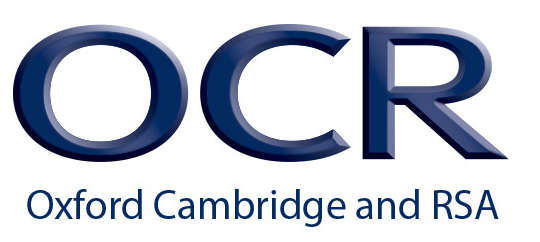Key Stage Four
New GCSE Grade 9-1
New GCSE Maths and English courses started in September 2015, and other subjects (including GCSE Science) followed in 2016. The new courses are more challenging than ever, with all the exams set at the end of Year 11. There’s even a new ‘9-1’ grading system, where Grade 9 will be reserved for the very top tier of students.
Subjects
Below is a list of Key Stage 4 areas that we offer tuition in. These are based on the National Curriculum and are included in their appropriate criteria. En1 and Ma1 are not included, as they represent any coursework that has been done in that subject.
Mathematics
English
Science
English
Exam Boards for English



Mathematics
Exam Boards for Mathematics



Science
When it comes to science, different exam boards offer different exams and programs. Check out the links below to learn more or feel free to contact us with any questions you might have.



